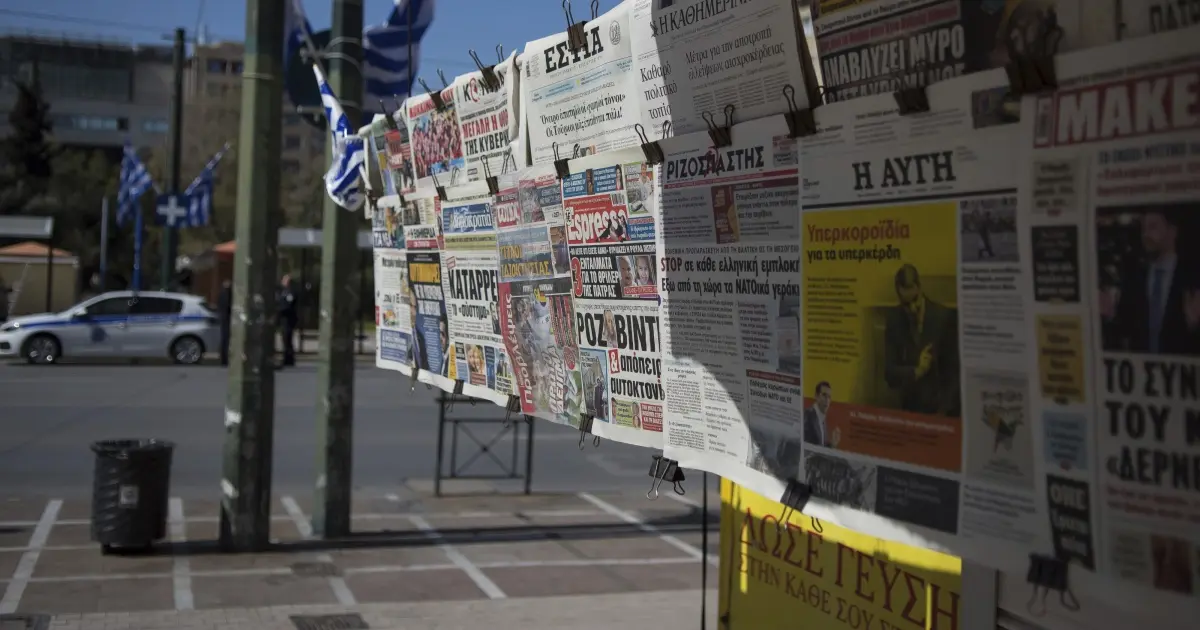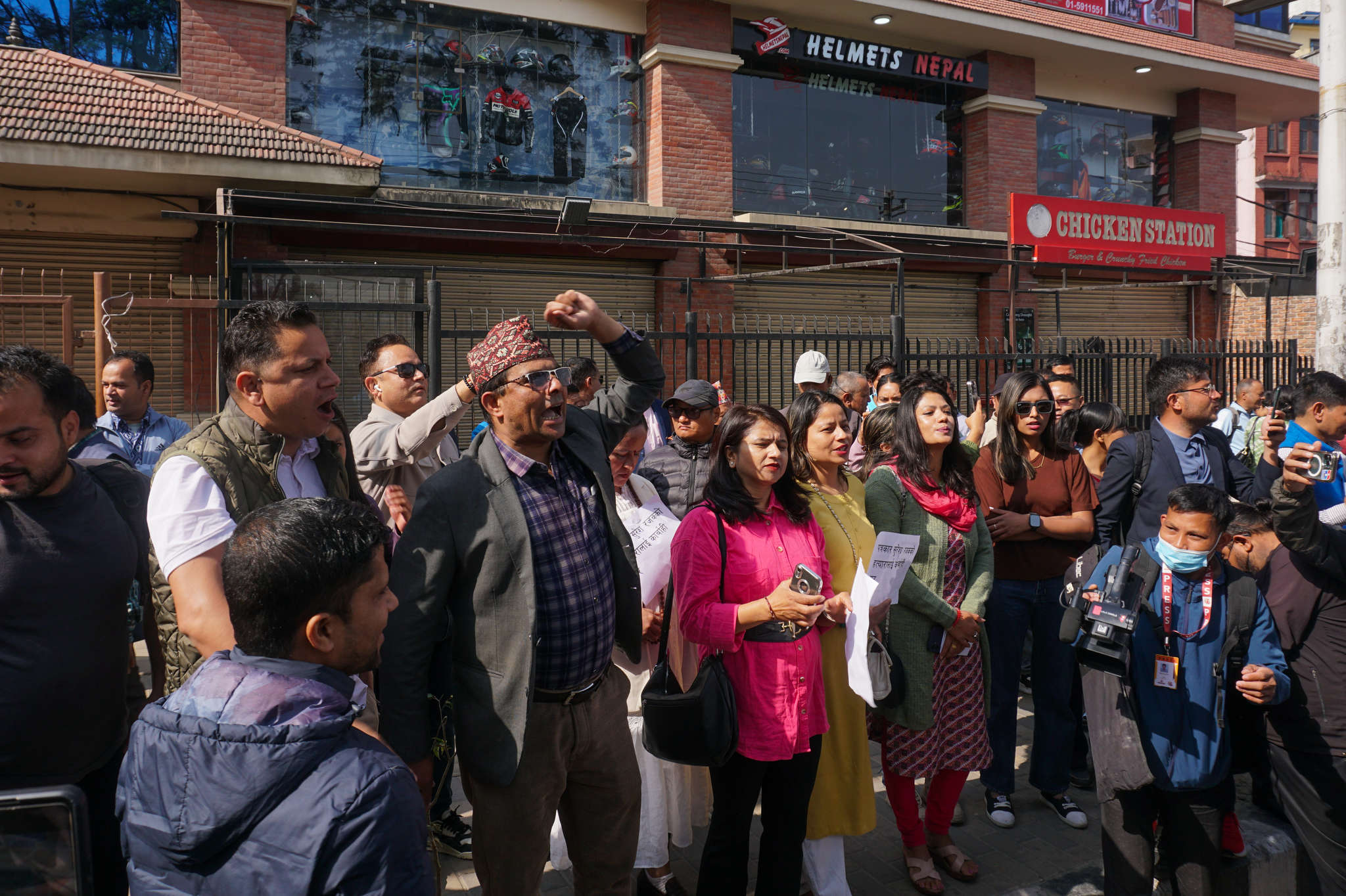
Freedom of Information Under Pressure in Europe: A Research Perspective
September 30, 2025
U.S. Journalists’ Beats Show Wide Gaps by Gender, Race & Employment Status
October 3, 2025In Kathmandu, growing public unrest has revealed deeper cracks in Nepal’s once-fragile landscape of free expression. What began as youth-led protests against corruption, nepotism, and state overreach quickly morphed into resistance against the government’s tightening grip on speech and journalism. The trigger: a sweeping ban on 26 social media sites over alleged noncompliance with registration rules. The suspension was later reversed amid mass backlash, but the damage, many media professionals say, has already been done.
Nepali journalists and watchdogs now warn that authorities routinely exploit cybercrime and electronic transactions laws to suppress scrutiny of political elites. In one prominent case, a Kathmandu court issued an arrest warrant for YouTube host Dil Bhusan Pathak, who questioned allegations of corruption implicating the son of a former prime minister. The charge: “spreading hate and jealousy” under the Electronic Transactions Act—normally unrelated to journalism. Although the High Court later ruled that his case belonged under the domain of the media-focused Press Council, the attempt to detain him proceeded regardless.
Media outlets, too, are feeling the squeeze. Courts have ordered online publications to delete investigative articles—like those alleging kickbacks in infrastructure contracts—on interim orders that bypass journalistic bodies. Meanwhile, a sweeping “Media Council Bill,” passed by Nepal’s National Assembly in February, is under review and viewed by critics as a mechanism to reshape the Press Council under tighter governmental control.
Statistically, the trend is stark. Nepal’s ranking in the Reporters Without Borders Press Freedom Index fell to 90 out of 180 in 2025, down from 74 the previous year. In the 12 months between May 2024 and April 2025, Nepali media groups documented 73 violations against press freedom—up from 62 the prior year—and instances of harassment by government officials, political actors, and security forces surged.
More alarming still is the normalization of violence against journalists. Decades of killings, such as the 38 reporters murdered between 2002 and 2018, have contributed to a culture where being attacked for reporting is considered “natural.” During recent protests, at least four journalists were wounded by police bullets, and the death of Suresh Rajak, engulfed in a burning building while on assignment, sparked national protests.
Nepali civil society, press unions, and media watchdogs are increasingly vocal, arguing that laws meant to regulate should not become tools to silence. As journalists face coordinated pressures from local and national officials, the call is clear—the shrinking space for independent reporting must be challenged before it vanishes altogether.
Reference –

